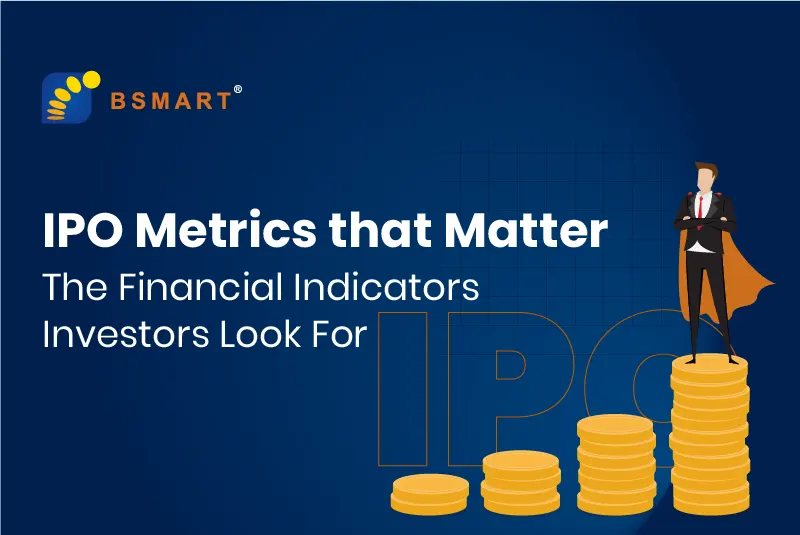Understanding the Terms of Debt Funding Agreements

Debt funding is a crucial financial tool used by businesses to raise capital. It involves borrowing a specific sum of money, which is then repaid over an agreed period, typically with interest. This method stands in contrast to equity financing, where companies raise funds by selling a portion of ownership. In debt funding, the borrower retains full control over the business but assumes the responsibility of repayment regardless of the company’s financial performance.
This type of funding is often used for specific projects, capital expansion, or as working capital to manage cash flow. The appeal of debt funding lies in its straightforward structure and the potential tax benefits, as interest payments on business loans are generally tax-deductible.
The role of debt in business finance cannot be overstated. It provides businesses with the leverage needed to grow, invest in new opportunities, or overcome temporary financial challenges. Unlike equity financing, where investors might demand a say in business decisions, debt funding offers a way to raise capital without diluting ownership or control. When used wisely, debt can be a powerful tool for financial growth and sustainability.
However, it’s crucial for businesses to balance debt with their ability to generate revenue to avoid over-leveraging, which can lead to financial distress. In comparison to other funding options like equity funding or bootstrapping, debt funding offers a more predictable and often quicker route to securing necessary funds, though it comes with the obligation of regular repayments and the management of interest costs.
Key Components of Debt Funding Agreements:
One of the fundamental elements of a debt funding agreement is the principal amount and interest rates. The principal amount is the sum of money that the lender provides to the borrower, which needs to be repaid over the loan’s lifetime. Interest rates are critical as they determine the cost of borrowing.
These rates can be fixed, remaining constant throughout the term of the loan, or variable, fluctuating based on market conditions. The interest rate agreed upon affects the overall financial burden on the borrower and plays a significant role in determining the affordability and feasibility of the loan. It’s crucial for borrowers to understand how interest is calculated and applied, as this influences the total amount that will be repaid.
Another vital component is the maturity date, which marks the final due date by which the borrowed principal must be fully repaid. The maturity date can range from a few months to several years, depending on the type of loan and the agreement between the borrower and lender. Closely linked to this is the repayment schedule, which outlines how the loan will be paid back over time, including both principal and interest payments. This could be in the form of monthly, quarterly, or annual installments. Lastly, security and collateral requirements are often part of debt funding agreements. Collateral is an asset pledged by the borrower to secure the loan and mitigate the risk for the lender. In the event of a default, the lender has the right to seize the collateral to recover the funds. This security clause ensures lenders have a form of protection, making them more willing to offer favourable loan terms. Understanding these components is crucial for borrowers to ensure they enter into agreements that align with their repayment capacity and financial strategy.
Understanding Interest Rates and Fees:
Interest rates on debt funding can be categorized into two main types: fixed and variable. Fixed interest rates remain constant throughout the term of the loan, providing predictability in repayment amounts. This stability makes budgeting easier, as businesses can anticipate their financial commitments without the risk of fluctuating rates. Fixed rates are particularly beneficial in a low-interest-rate environment, locking in a favourable rate for the duration of the loan.
On the other hand, variable interest rates fluctuate over time, typically based on an underlying benchmark rate such as the prime rate or LIBOR. While variable rates can sometimes offer lower initial rates compared to fixed rates, they introduce uncertainty in future repayments. Businesses opting for variable rates must be prepared for potential increases in interest costs, which can affect cash flow and financial planning.
In addition to interest rates, debt funding agreements often include various additional fees that borrowers need to consider. Origination fees, charged for processing the loan, are a common upfront cost and can be a flat fee or a percentage of the loan amount. Late payment fees are imposed when borrowers fail to make payments on time, emphasizing the importance of adhering to the agreed repayment schedule.
Other fees might include prepayment penalties for paying off the loan early, closing costs, and annual fees. These additional costs can significantly impact the total cost of borrowing. It’s crucial for borrowers to understand and factor in these fees when calculating the overall financial implications of a loan. This comprehensive understanding ensures businesses make informed decisions, aligning their financing choices with their financial capabilities and goals.
Covenants in Debt Agreements:
Covenants in debt agreements are essentially rules or conditions that the borrower agrees to follow as part of the loan arrangement. These can be broadly categorized into affirmative and negative covenants. Affirmative covenants are actions the borrower must undertake, such as maintaining certain financial ratios, regularly providing financial statements, or ensuring proper insurance for assets. They are designed to ensure the borrower maintains a stable financial condition and operates in a way that does not significantly increase the lender’s risk.
On the other hand, negative covenants restrict the borrower from certain actions, such as incurring additional debt, selling key assets, or making large investments without the lender’s consent. These covenants aim to protect the lender’s interests by preventing the borrower from engaging in risky activities that could jeopardize their ability to repay the loan.
Financial covenants are a specific subset that requires the borrower to meet certain financial benchmarks, such as a minimum cash flow level, a maximum leverage ratio, or a specific interest coverage ratio. These benchmarks are set to ensure that the business remains financially healthy and capable of meeting its debt obligations. The purpose of all these covenants is to provide a safety net for the lender, reducing the risk of borrower default.
They also offer a form of reassurance to the lender that the borrower will maintain a certain level of operational and financial discipline. The implications of these covenants are significant for both parties. For lenders, they offer a form of control and monitoring over the borrower’s financial health. For borrowers, while they provide access to necessary funds, they also impose restrictions that can limit operational flexibility. Violating these covenants can lead to penalties, increased interest rates, or even the immediate repayment of the loan, making it crucial for borrowers to fully understand and adhere to these conditions.
Risks and Benefits of Debt Funding:
Debt funding offers several advantages over equity financing, making it an attractive option for many businesses. One of the primary benefits is the retention of ownership and control. When a company opts for debt funding, it borrows money without giving away any stake or control in the business. This aspect is particularly appealing to founders who wish to maintain decision-making power and the integrity of their vision.
Additionally, debt funding can be more tax-efficient. Interest payments on business loans are often tax-deductible, reducing the overall taxable income of the business. This can result in significant tax savings, particularly for companies in higher tax brackets. Moreover, the cost of debt can be lower than the cost of equity over the long term, as lenders do not share in the profits of the business, unlike equity investors.
However, debt funding also carries its own set of risk factors. The most notable is the obligation to repay the borrowed amount with interest, regardless of the business’s financial performance. This can create cash flow pressure, particularly for businesses that experience fluctuating revenues or are in the early stages of growth.
High levels of debt can lead to financial strain and limit a company’s flexibility to invest in new opportunities. Also, if a business fails to meet its repayment obligations, it may face legal action or damage to its credit rating, making future borrowing more difficult and expensive. Collateralized loans carry the risk of losing pledged assets in the event of default. Thus, while debt funding offers benefits in terms of control and potential tax advantages, it also requires careful consideration of the company’s ability to manage and repay the borrowed funds.
In summary, debt funding emerges as an important tool for businesses seeking capital without sacrificing ownership or control. Its structured nature, tax advantages, and relative predictability over equity financing make it a compelling choice for many. From understanding the nuances of principal amounts, interest rates, and the crucial components of debt agreements to recognizing the impact of various covenants, businesses can navigate the complexities of debt funding with confidence. However, it’s essential to acknowledge the accompanying risks, such as the commitment to repay under varying financial conditions and the potential constraints on business operations.





